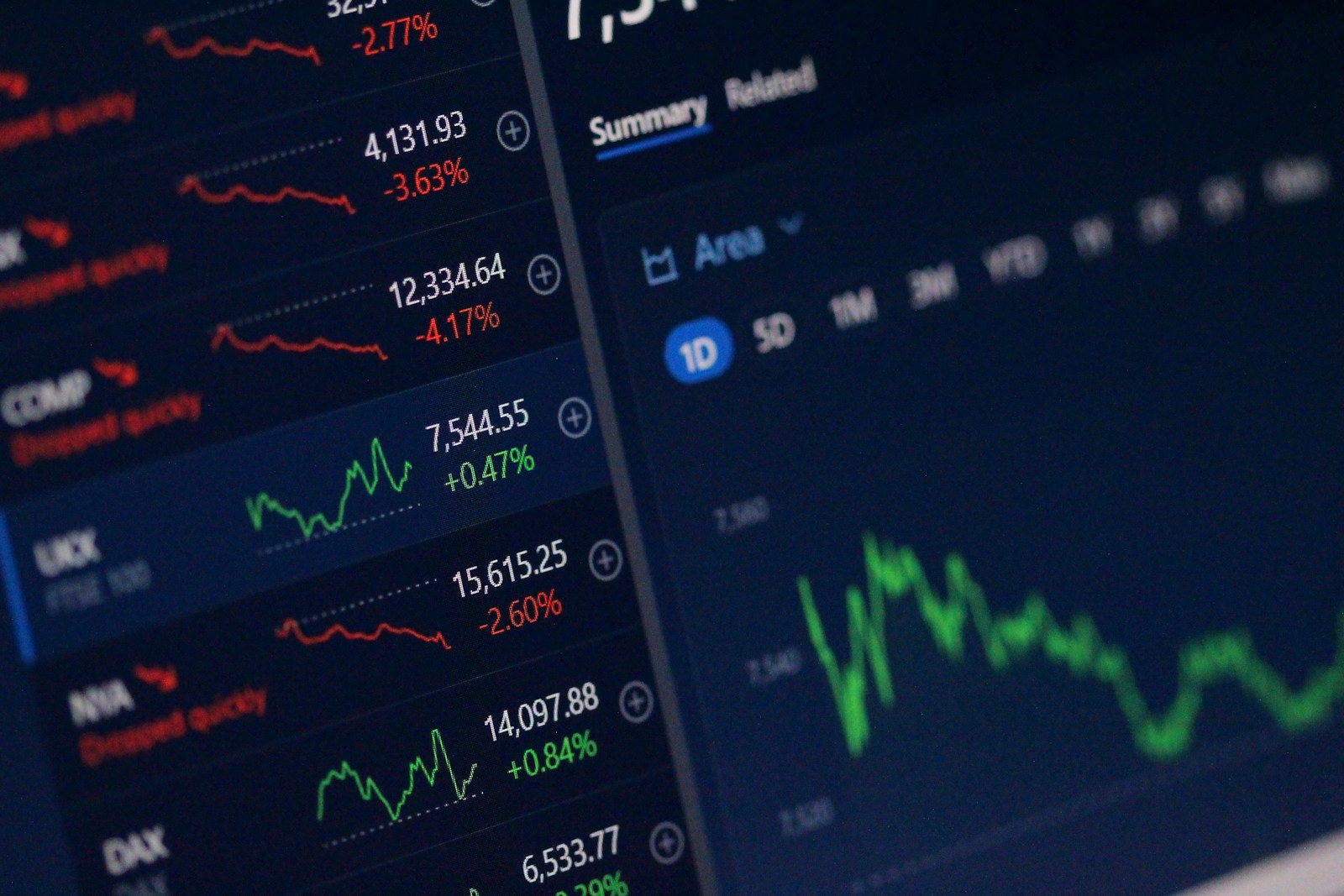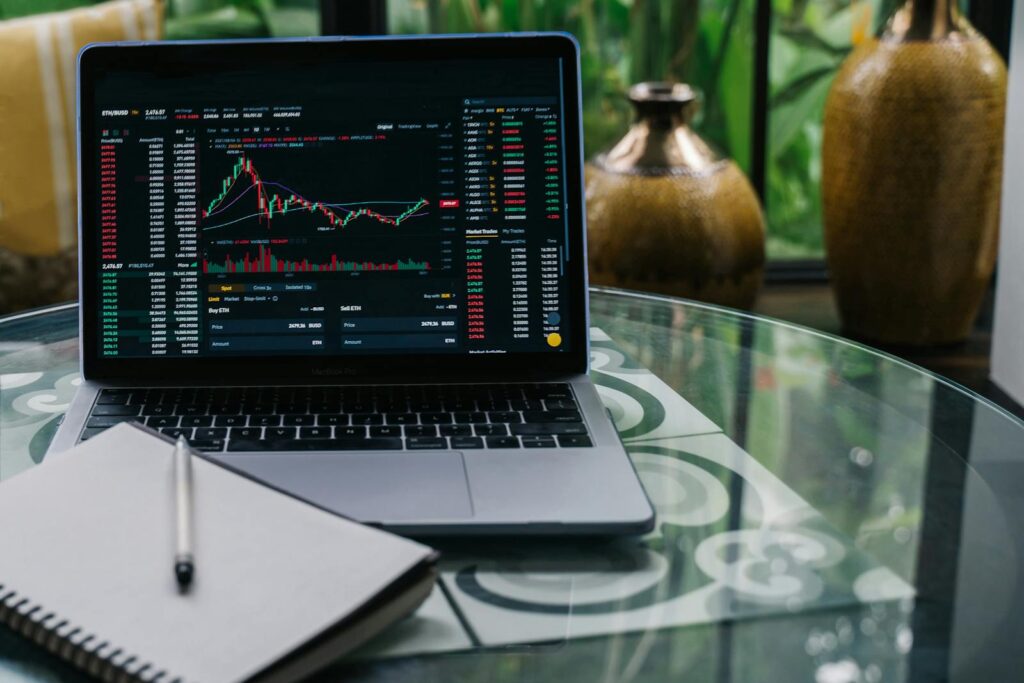Trading lures with promises of fast cash and freedom, yet 90% of traders crash and burn—many within their first year. It’s a brutal stat, backed by studies and broker data, from forex to stocks. The market doesn’t play favorites; it chews up the unprepared and spits them out broke. But 10% thrive, raking in consistent profits. What’s their secret? This guide digs into why most fail and lays out how you can dodge the traps to join the elite minority.
The Grim Reality: Why 90% Fail
The odds sound grim because they are. A 2019 study of Brazilian day traders found 97% lost money over time; U.S. forex stats hover near 90%. Failure isn’t bad luck—it’s predictable. Emotional blunders, reckless risks, and naive dreams sink most. Let’s break down the top culprits.
Reason 1: No Plan, Just Hope
Most traders dive in blind—no strategy, no rules. They buy on a hunch, sell on a whim, and pray for green. Without a plan—entry, exit, risk limits—you’re gambling, not trading. A 2021 survey showed 70% of failing traders lacked a written system. Pros don’t wing it; they follow a playbook. No plan? You’re toast.
Reason 2: Risking Too Much, Too Fast
Overleveraging is a rookie killer. Using 50:1 leverage on a $1,000 account means a 2% move wipes you out. Greed tempts big bets—$500 on one trade when you’ve got $2,000 total. One loss, and you’re crippled. Studies show losing traders risk 5-10% per trade; winners cap it at 1-2%. Big swings don’t build wealth—they bury it.
Reason 3: Emotional Meltdowns
Trading is a mind game, and most lose it. Fear makes you sell bottoms; greed makes you chase tops. Revenge trading—doubling down after a loss—torches accounts. A 2018 psychology study pegged emotional decisions as the top failure driver. The market thrives on your panic; pros stay ice-cold.
Reason 4: Chasing the Hype
FOMO—fear of missing out—hooks newbies. A stock rockets 100% on Reddit buzz, and they pile in late, just as it craters. Think GameStop 2021: late buyers got crushed. Hype drowns reason; 90% follow the herd off the cliff. Winners wait for setups, not headlines.
Reason 5: Ignoring the Grind
Trading isn’t a get-rich-quick scheme—it’s a skill. Most expect profits in weeks, not years. They skip practice, dodge learning, and blow cash fast. A Taiwan study found only 20% of day traders survived past five years—those who studied charts, tested strategies, and ate losses as tuition. No grind, no glory.
How to Be the Exception
The 10% don’t win by magic—they master what the 90% ignore. Here’s how to flip the script and thrive where most fail.
Step 1: Build a Rock-Solid Plan
Write a trading system—now. Define your edge (e.g., breakouts, reversals), entry/exit rules, and risk per trade (1% max). Test it on a demo account for 50 trades. Tweak until it works. Pros live by plans; amateurs live by hope. Yours could be as simple as “buy above the 50-day MA, sell at 5% profit or 2% loss.” Stick to it.
Step 2: Master Risk Management
Risk small, win big. Never bet more than 1-2% of your account per trade—$20 on a $1,000 balance. Use stop-losses religiously; set them at technical levels (e.g., below support). Leverage? Keep it low—5:1 or less. A 2020 broker report showed survivors averaged 0.5% risk per trade. Protect your capital, and you’ll outlast the reckless.
Step 3: Tame Your Emotions
Discipline beats feelings. Journal every trade—price, reason, outcome—to spot emotional leaks. Lost $100 chasing a tip? Log it, learn it. Meditate, walk away after losses, set daily limits (e.g., stop after three trades). Pros treat trading like math, not a rollercoaster. You can too—calm wins.
Step 4: Ignore the Noise
Tune out the hype machine. Skip Twitter pumps and guru picks—focus on your system. A stock’s up 200%? Let it prove itself with a pullback or consolidation. Pros trade patterns, not promises. Use tools like TradingView to scan for setups (e.g., RSI divergence) that match your rules. Patience keeps you in the 10%.
Step 5: Commit to the Long Haul
Treat trading like a craft. Study candlesticks, support/resistance, volume—free on Investopedia or YouTube. Practice 100 hours on a demo before going live. Expect six months to a year of learning; 90% quit sooner. The 10% grind past losses—$500 down is a lesson, not a defeat. Mastery takes time, but it pays forever.
The Edge of the 10%
Winners blend these habits into a lifestyle. They’re not smarter—just tougher. A 2015 study of forex traders found the top 10% averaged 3-5 years’ experience, risked less, and traded less often. They don’t chase unicorns; they stack small, consistent gains—1% daily compounds to 250% yearly. That’s the edge.
Real Survivors Prove It
Look at Paul Tudor Jones—legendary trader who dodged the 1987 crash with discipline and risk rules. Or everyday folks like a nurse-turned-trader from a 2022 Forbes profile, who grew $5,000 to $50,000 in five years with swing trading and 1% risks. No genius—just grit and systems. You don’t need a cape; you need a compass.
The Mindset Shift
Forget overnight riches—think survival first, profits second. Losses are your teacher, not your enemy. The market’s a marathon; 90% sprint and collapse. The 10% pace themselves, shrug off bad days, and trust their process. You’re not here to beat the market—you’re here to outlast it.
Your Next Move
Start small, start now. Open a $100 demo account—trade one stock, one rule (e.g., buy at support, sell at resistance). Risk $1 per trade. Log 20 trades—wins, losses, feelings. Did you follow the plan? Tweak it. Build this muscle, then go live with $500. The 90% rush; you’ll crawl, then soar.
Trading’s a battlefield—90% fall to their own mistakes. Be the exception: plan, risk smart, stay cool, ignore hype, and grind. The 10% don’t just survive—they conquer. You can too.
Disclaimer: Trading carries high risks. Past success doesn’t guarantee future results. Consult a professional before trading.




